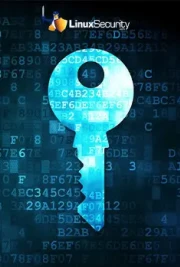CSO survey: Companies lack plans in case of terrorist attacks
We have to ask: could this be related to the fact that the marginal risk posed by terrorism to companies in the US are small? Of course, terrorist attacks are spectacularly horrible events, but in terms of the sheer numbers, how large a risk is it compared to, say, internal sabatoge or even accidental fires? Overall, despite the screaming headline, this is a decent article... except that it basically ignores the obvious role of insurance in situations of low average risk but highly catistropihic possible outcomes. . . .















